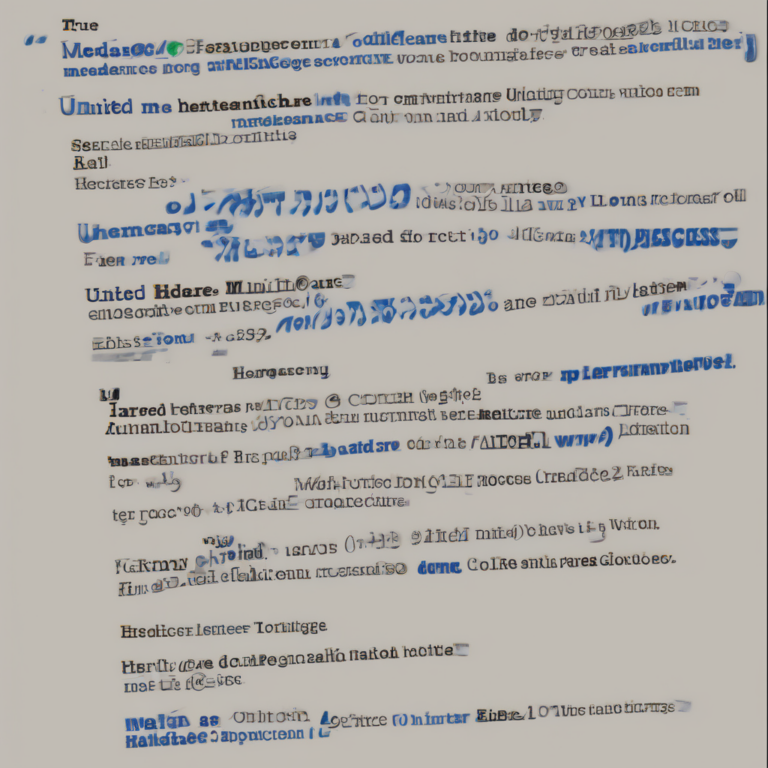
Decoding Long-Term Healthcare Insurance Quotes: A Comprehensive Guide
Navigating the world of long-term care insurance can feel overwhelming. The sheer volume of information, coupled with the complex nature of the policies, often leaves prospective buyers confused and frustrated. Understanding long-term healthcare insurance quotes is the first crucial step towards securing your financial future and ensuring access to the care you need when you need it. This comprehensive guide will break down the key elements of these quotes, empowering you to make informed decisions.
Understanding the Basics of Long-Term Care Insurance
Long-term care insurance is designed to cover the costs associated with chronic illnesses and disabilities that require ongoing care. This care can range from assistance with daily living activities (ADLs) like bathing and dressing, to more intensive medical care in a skilled nursing facility. Unlike traditional health insurance, which primarily focuses on acute illnesses and short-term hospital stays, long-term care insurance provides coverage for extended periods, often years.
Types of Long-Term Care
- Home healthcare: Assistance with ADLs provided in the comfort of one’s home.
- Assisted living facilities: Residential settings offering support with daily tasks and some medical supervision.
- Skilled nursing facilities: Facilities offering 24-hour medical care for individuals requiring intensive assistance.
- Adult day care: Daytime programs offering supervision and activities for individuals who need some level of care but can live independently.
Key Components of a Long-Term Care Insurance Quote
A long-term care insurance quote is more than just a price tag. It’s a detailed document outlining the terms and conditions of the policy. Understanding its various components is vital for making an informed choice.
1. Benefit Period
This refers to the length of time the insurance company will pay benefits. Common benefit periods range from 2 to 5 years, or even lifetime coverage. Longer benefit periods typically result in higher premiums.
2. Daily or Monthly Benefit Amount
This specifies the amount the insurance company will pay per day or month towards your long-term care expenses. The higher the benefit amount, the higher the premium.
3. Elimination Period (Waiting Period)
This is the period of time you must pay for your own long-term care expenses before the insurance benefits begin. Elimination periods can range from 30 days to a year or longer. Longer elimination periods typically lead to lower premiums.
4. Inflation Protection
Long-term care costs tend to rise over time. Inflation protection riders adjust the daily or monthly benefit amount to keep pace with inflation. This protection is crucial but adds to the premium cost.
- Simple inflation protection: Increases the benefit amount at a fixed percentage each year.
- Compound inflation protection: Increases the benefit amount at a percentage that compounds annually, resulting in higher increases over time.
5. Premium Payment Options
Most long-term care insurance policies offer several premium payment options:
- Level premiums: Premiums remain constant throughout the policy’s duration.
- Increasing premiums: Premiums increase annually or at specified intervals.
- Single premium payment: A lump-sum payment made upfront.
6. Policy Renewability
Understand whether the policy is guaranteed renewable or non-guaranteed renewable. Guaranteed renewable policies cannot be canceled by the insurer, ensuring coverage as long as premiums are paid. Non-guaranteed renewable policies can be canceled or have premiums adjusted by the insurer.
7. Exclusions and Limitations
Carefully review the policy’s exclusions and limitations. These specify circumstances under which benefits may not be paid. Common exclusions can include pre-existing conditions, mental health conditions (unless specifically covered), or care received in certain facilities.
8. Definition of “Long-Term Care”
Policies vary in their definitions of what constitutes “long-term care.” Some policies have stricter requirements than others, so carefully read the definition to understand what types of care are covered.
9. Claim Process
The quote should outline the process for filing a claim. Understanding the documentation required and the timeline for processing claims is essential.
Factors Affecting Long-Term Care Insurance Quotes
Several factors influence the cost of long-term care insurance quotes:
- Age: Younger applicants typically receive lower premiums.
- Health status: Pre-existing conditions and current health can affect eligibility and premium rates.
- Gender: Women typically pay higher premiums due to longer life expectancies.
- Benefit level: Higher benefit amounts result in higher premiums.
- Benefit period: Longer benefit periods result in higher premiums.
- Elimination period: Longer elimination periods result in lower premiums.
- Inflation protection: Including inflation protection increases premiums.
- State of residence: Premiums can vary by state due to differing regulatory environments and healthcare costs.
Obtaining and Comparing Quotes
To obtain quotes, you can contact insurance agents specializing in long-term care insurance, use online comparison tools, or directly contact insurance companies. When comparing quotes, don’t focus solely on price. Consider the following:
- Benefit levels: Compare the daily/monthly benefit amounts and benefit periods.
- Elimination periods: Consider the length of the waiting period before benefits begin.
- Inflation protection: Assess the type of inflation protection offered.
- Policy renewability: Ensure the policy is guaranteed renewable.
- Exclusions and limitations: Carefully review the policy’s exclusions and limitations.
- Financial stability of the insurer: Research the financial strength of the insurance company to ensure its ability to pay claims in the future.
Considering Your Needs and Financial Situation
Before purchasing a long-term care insurance policy, carefully evaluate your personal needs and financial situation. Consider your current health, family history of chronic illnesses, and potential long-term care needs. Consult with a financial advisor to determine if long-term care insurance aligns with your overall financial plan and risk tolerance.
Conclusion
Understanding long-term care insurance quotes is crucial for making informed decisions about your future care. By carefully analyzing the key components, comparing multiple quotes, and considering your personal needs, you can secure a policy that provides adequate protection and peace of mind.





